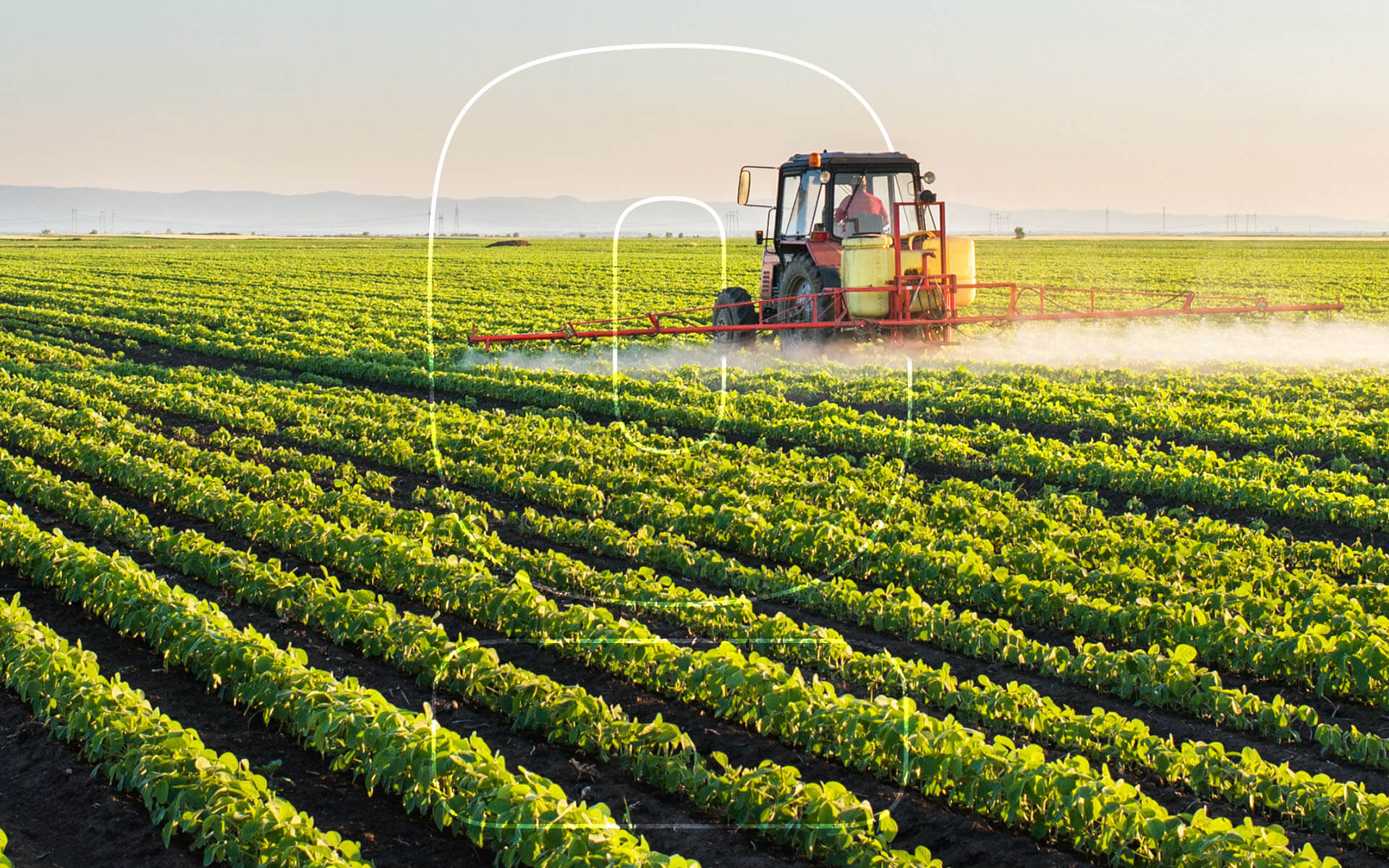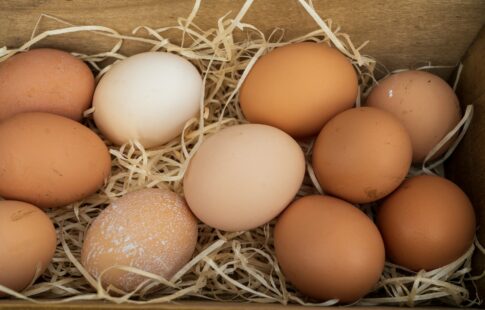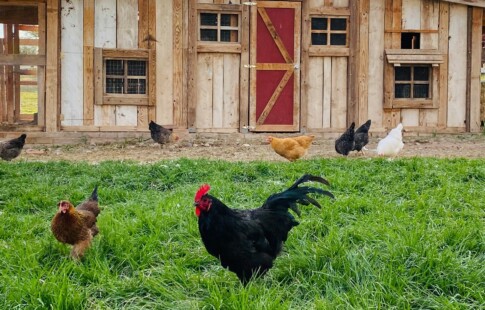
Monoculture Pros and Cons
We are reader-supported. When you buy through links on our site, we may earn affiliate commission.
The global population is expanding and increasing agricultural production demands. About one in three individuals lack access to sufficient food sources. Starvation is one of the many leading causes of death around the world.
Farmers try to support global dietary demands by quickly growing an abundance of crops. While swift production practices temporarily minimize starvation, they also adversely affect the environment with an estimated 10% of greenhouse gas emissions caused by agriculture. Farming is a disputable topic between environmentalists and health professionals, partially because of monoculture pros and cons.
What is Monoculture Farming?
Monoculture farming produces one crop in abundance throughout a season. Industrial farmers commonly use the agricultural method to meet consumers’ growing demands. Monoculture farming is the opposing practice of polyculture.
Polyculture farmers grow two or more crops at a time. The practice achieves high yields using a smaller space because of its ecosystem support. Polyculture farming is a traditional form of production and monoculture is newer.
A researcher at the University of Birmingham explored the history of monoculture farming. He discovered that the sector’s birth aligns with industrialization. As individuals moved away from rural areas into urban spaces, individual food production abilities declined.
The expansion of distant markets increased the demand for mass crop production. Farmers capitalized on the market boom and began specializing in singular crop production. The specialization resulted in monoculture pros and cons.
Pros of Monoculture Farming
One production advantage of monoculture farming is increased productivity and efficiency. It optimizes soil and climate conditions incompatible regions to maximize a crop’s yield. Wetlands in Asia often produce high rice yields and flat sunny regions in the U.S. develop large quantities of wheat.
Another benefit of monoculture practices is technological advancement and integration. Singular crop production is less time and cost-intensive, which helps farmers invest in new devices. Modern farmers are integrating unhumanned areal vehicles (UAVs) into their practices.
Farmers can use UAVs to monitor their crops remotely with GSP tracking technology. Another benefit of monoculture farming is easier management practices. Growing one crop requires fewer resources, knowledge and effort compared to polyculture agriculture.
One of the most significant advantages of monoculture farming is revenue increases. Accessing abundant yields results in higher profits over time. While monoculture farming has many benefits, it also has ecological and economic disadvantages.
Cons of Monoculture Farming
Monoculture farmers experience more pest-related crop loss than polyculture farmers. Pests that feed on singular crops have more space to feast and destruct in monoculture fields. High rates of pest interference lead agricultural professionals to overuse pesticides.
Another ecologically degrading impact of single-crop farming is nutrient depletion. Overproducing one crop depletes vital soil nutrients and causes erosion. It also prevents farmers from producing crops in the future.
Without the necessary nutrients, regions become unable to yield crops. Farmers target soil erosion and pest interference by adding synthetic fertilizers and pesticides to their fields. During storms, rainwater carries the toxic additives to the ocean.
When fertilizers and pesticides mix with ocean water, they support algal blooms. When algae overproduce in concentrated regions, they deplete local oxygen levels. Marine life experiences forced migration during aquatic changes, which leave species vulnerable to predators.
Monoculture farmers also use higher quantities of fresh water to support crop production than polyculture practices. Nutrient depletion and soil erosion increase the need for watering. Only 0.5% of the water on Earth is available for consumption, and farmers are contributing to exploitation.
Farmers can avoid the adverse effects of monoculture farming by engaging in sustainable practices.
Monoculture Agriculture Alternatives
One of the most eco-friendly farming methods is permaculture. Bill Mollison labeled the practice in the 70s and defined its connection to the ecosystem. Permaculture is a holistic farming method that integrates Earth’s topography, humanity, food, energy and shelter.
The practice follows a closed-loop system. A farmer’s inputs and output must be equivalent to achieve a permaculture farm. Farmers also use the Earth’s surface and a diversity of crops to support yields.
Many permaculture professionals place their gardens at the bottom of a hill to capture rainwater for natural watering cycles. They also place light-intensive crops over low-light plants to access natural shade. Another permaculture practice uses pest repellent crops as a pesticide alternative.
Aphids, or plant lice, can take over a field and invade your crops. Chives, mint and cilantro repel the insects naturally. Permaculture farmers plant the repellent herbs around their crops to prevent pest-related yield loss.
Are Monoculture Pros and Cons Worth It?
After accessing monoculture pros and cons, you may question whether you should engage in alternative farming methods. If farmers are working on the industrial level, they may adopt permaculture practices to decrease mass ecological destruction. Home gardeners may also benefit from sustainable farming alternatives to ensure the longevity of their soils’ nutrients.
Share on
Like what you read? Join other Environment.co readers!
Get the latest updates on our planet by subscribing to the Environment.co newsletter!
About the author
Jane Marsh
Starting from an early age, Jane Marsh loved all animals and became a budding environmentalist. Now, Jane works as the Editor-in-Chief of Environment.co where she covers topics related to climate policy, renewable energy, the food industry, and more.





